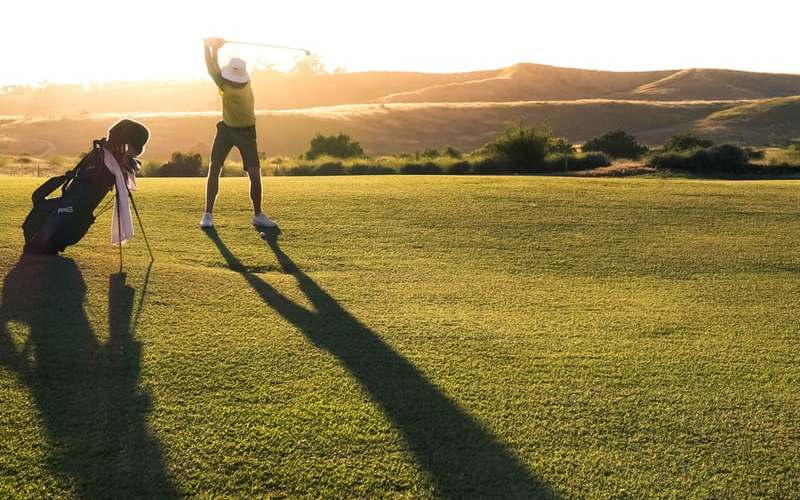Before the days of COVID and early super withdrawal, people could usually only access the money in their superannuation when they reached preservation age.
Self-managed superannuation funds (SMSFs) typically have money and assets flowing into them for your retirement. But is it possible for such funds to lend some of this money out?
Before the days of COVID and early super withdrawal, people could usually only access the money in their superannuation when they reached preservation age. (This is between 55 and 60, depending on your date of birth.)
A self-managed fund gives you greater control over your super, but does this control extend to being able to lend this money in the fund to members, families, or businesses?
In simple terms, SMSFs can lend money to a third party, but certain conditions must be met. We’ll explore who and what SMSFs can - and can’t - lend to, as well as things you should take into account before doing so.
Can an SMSF lend money to members?
The Australian Tax Office (ATO) restricts SMSFs from lending money to a ‘related party’ of your fund. This includes any members of the fund, relatives and spouses of members, and business partners and employers of members.
The ATO also prohibits any financial assistance of any kind from an SMSF to a related party, with a potential $12,600 penalty per trustee for a breach as well as disqualification from being an SMSF member, and even criminal penalties.
So, if your Aunt Karen has once again racked up a gambling debt, your SMSF won’t be able to help her out.
Can an SMSF lend money to a third party?
It is possible for an SMSF to lend money to a third party but as with almost everything to do with SMSFs, there are strict restrictions for doing so.
Lending money must be part of the SMSF’s investment strategy and the trust deed must allow for lending.
Additionally, the lending must pass the golden rule of superannuation - the sole purpose test. Like any super fund, SMSFs are to be used for the sole purpose of providing benefits to members upon their retirement, or their dependents in the case of the member’s death before retirement. If lending doesn’t meet this requirement, then doing so will result in the fund being non-compliant.
'In-house asset'
The ATO defines a loan from an SMSF to a related party as an ‘in-house asset’. Other in-house assets include an investment in a related trust of your fund and an asset of your fund that is leased to a related party.
In-house assets can’t make up more than 5% of your fund’s total assets. So, if the sum of your fund’s total assets comes to a neat $1 million, you wouldn’t be able to lend more than $50,000 to a related party.
However, that’s if you had no other in-house assets. Say you had a $30,000 investment in a related trust of your fund, then you wouldn’t be able to lend more than $20,000 to a related party.
'Arm's length'
The lending must also be conducted on an ‘arm’s length basis'. That means it’s done on a strictly commercial basis, with the interest rate and repayments reflecting what any other lender would require you to pay. Essentially you can’t lend out at mates' rates through a heavily discounted interest rate or favourable loan terms.
To ensure this, the ATO advises you to write a loan agreement. This is a legal document that sets out all of the rights and obligations of the parties involved, the lender and the borrower, as well as the terms and conditions of the loan.
It should contain:
-
How much is being borrowed
-
The interest rate
-
The length of the loan
-
Minimum repayment amount and repayment frequency
-
The security for the loan
-
Guarantors (if applicable)
The agreement should also be in line with the fund's investment strategy, trust deed, and it must pass the sole purpose test. It should state how interest and repayments are received by the fund, and the actions that will be taken in the event the agreement isn’t followed. The agreement should also not put any member benefits at risk.
What to consider before lending money from an SMSF
The practices of operating an SMSF and lending money are themselves incredibly complex, let alone putting them together. It’s important to remember you’re in control of your SMSF fund and, as a result, are responsible for any and all non-compliance.
The ATO states in-house assets can’t be more than 5% of the fund’s total assets. However, this is based on current market value. So if the market value of your assets fall, so will the value of your fund, meaning you may have in-house assets which exceed 5% of your fund’s value.
Here’s an oversimplified example. Ms Sam Sfund has an SMSF with assets totalling $1 million and has lent $50,000 to a related party, 5% of her fund’s value, and has no other in-house assets. Unfortunately, a property owned by the SMSF has seen it’s value tumble recently, taking the fund’s total value down to $800,000. The loan is now worth 6.25% of Ms Sfund’s SMSF and the fund is now non-compliant.
Ms Sfund must now prepare a written plan on how the loan will fall back under the 5% benchmark before the end of the next following year. So, with the breach occurring on, say, 30 June, the plan must be prepared or implemented on or before 30 June the following year.
Savings.com.au’s two cents
Although it’s possible to lend money to a third party from an SMSF, it can be complicated.
It can also be very easy to make an error, or for the value of your fund to fluctuate, rendering your loan non-compliant with SMSF rules.
You need to think very carefully about whether the loan is in the best interests of the fund and is in line with your investment strategy. There are many moving parts and as with most complex financial matters, it’s wise to consult a professional before proceeding with any loan plans.
If you have a self-managed superannuation fund, the table below features SMSF loans with some of the most competitive interest rates on the market.
| Lender | Home Loan | Interest Rate | Comparison Rate* | Monthly Repayment | Repayment type | Rate Type | Offset | Redraw | Ongoing Fees | Upfront Fees | Max LVR | Lump Sum Repayment | Additional Repayments | Split Loan Option | Tags | Row Tags | Features | Link | Compare | Promoted Product | Disclosure |
|---|---|---|---|---|---|---|---|---|---|---|---|---|---|---|---|---|---|---|---|---|---|
6.74% p.a. | 6.76% p.a. | $3,240 | Principal & Interest | Variable | $null | $230 | 70% |
| Promoted | Disclosure | |||||||||||
6.99% p.a. | 7.04% p.a. | $3,323 | Principal & Interest | Variable | $0 | $220 | 70% | Disclosure | |||||||||||||
7.00% p.a. | 7.41% p.a. | $3,327 | Principal & Interest | Variable | $30 | $825 | 80% | ||||||||||||||
6.84% p.a. | – | $3,273 | Principal & Interest | Variable | $0 | $995 | 80% | ||||||||||||||
7.24% p.a. | 7.26% p.a. | $3,407 | Principal & Interest | Variable | $0 | $230 | 80% |
| Promoted | Disclosure |
First published on October 2020








 Rachel Horan
Rachel Horan











